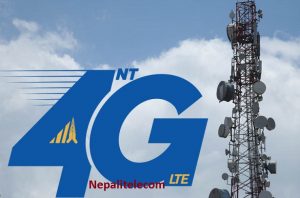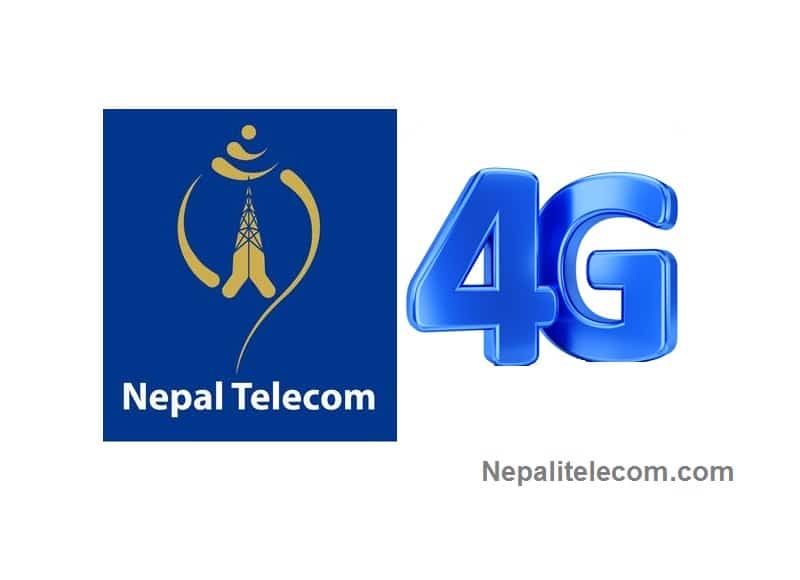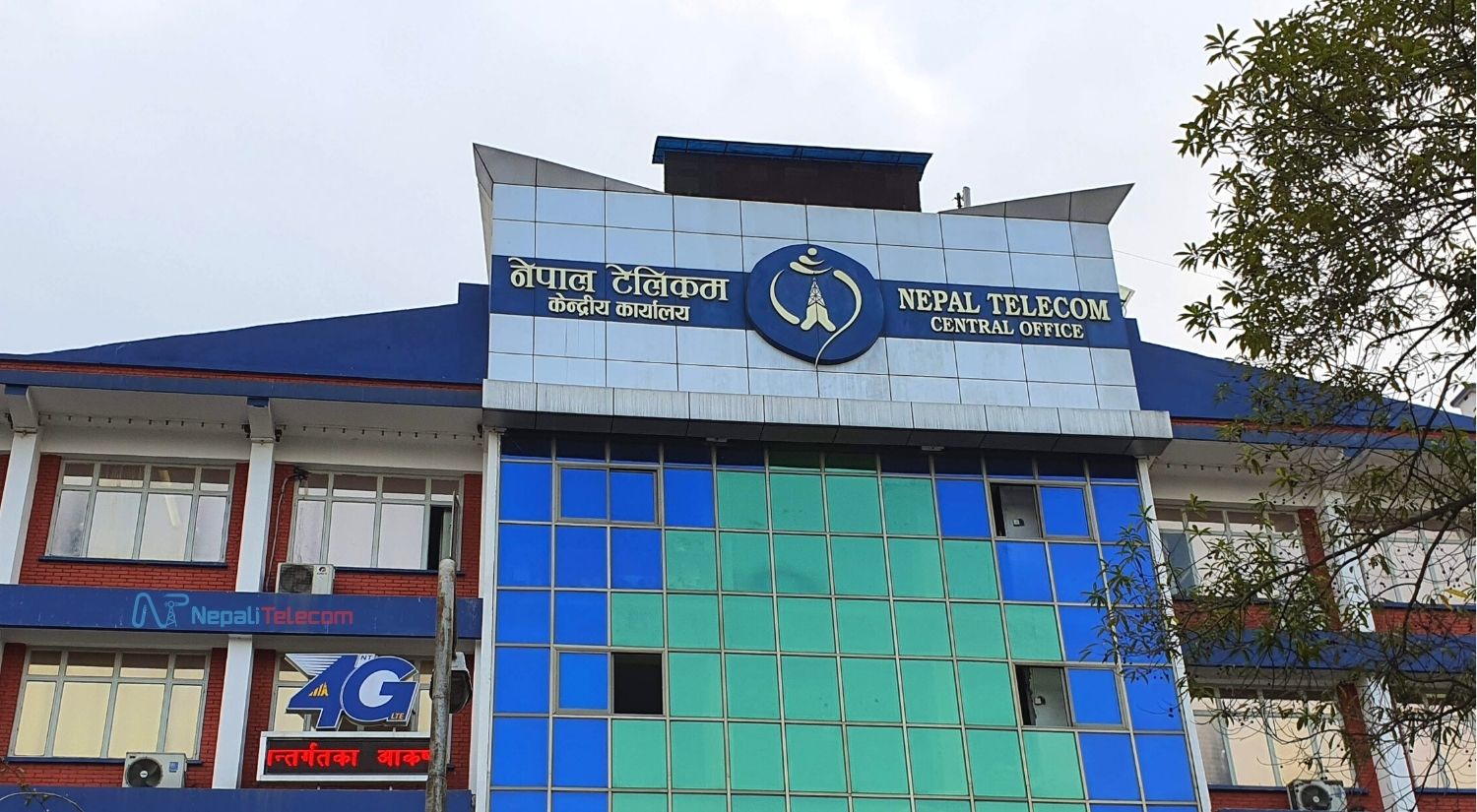Nepal Telecom has been providing its 4G mobile network in two spectrum bands; 1800 MHz and 800 MHz. To expand its 4G network to all parts of the country, the two spectrum bands are really helpful to the company. So, to get the most out of the NTC 4G network, here is what you should know.
Within 3 months of the work start, Nepal Telecom had extended its 4G coverage to more than 1000 locations of 62+ districts. Now Ntc 4G network reaches all 77 districts, while they will expand more to cover all parts of the country, within some months.
Although they have announced the two bands for a long time, this information had not been mainstream until now. Customers who are going to buy a new 4G handset should make their phone support to both of this band if they are to use Ntc 4G. Find all of the frequency bands available in Nepal for 2G, 3G, and 4G.

Why two bands?
The 1800 MHz band aka band 3 is useful for the built-up areas like city, urban, suburb whereas 800 MHz band aka band 20 is idle for the 4G network in remote areas. Keeping in mind of Nepal’s remoteness and the need to cover the whole of the country, Nepal Telecom uses both bands for the 4G network.
As the coverage of 800 MHz 4G networks is very high, you can find the 4G signal even if you go to narrow streets or the underground floor or some remote areas. This makes sense to all those people who travel to remote areas with this band supportive phone, with which you could get 4G data in more places.
Similarly, if you have a 4G handset supporting both bands, your data speed will also increase with a feature called aggregation. So, it is not only the coverage in the remote areas but also the 4G data speed that offers you more with the dual-band support.
1800 MHz is the popular frequency band for the 4G network so this band is always available in most of the handsets. But in the case of 800 MHz, there are a handful of handsets that supports this band. In order to get the most out of the NTC 4G network, you should always look for handsets supporting both bands. Read more things to confirm before buying 4G phones in Nepal.
How to check if your phone supports the 4G LTE bands?
Now that Nepal Telecom supports these two spectrum bands, they have launched a portal where you can check the frequency support for your Phone. To check the 4G band support, you need to.
- Visit the Ntc portal for band check from the link https://www.ntc.net.np/nt-4g-lte-bands.
- Then enter 8 digits of your IMEI number which is also called TAC (You need *#06# to get your IMEI number or check in the about phone section of settings)
- Then you will be prompted if the phone supports those two bands. It also provides the model number, list of other bands.
Network Mode
In addition to the dual-band support, you should always keep your phone in 4G preferred mode to always get the 4G network on your phone. Some of the phones also provide options for the 4G only mode but you should never put that mode in your mode for now.
These days, most of the phones have Auto (4G/3G/2G or LTE/WCDMA/GSM) mode which is the best network mode for a 4G phone in Nepal. Here is a post on 2G, 3G, and 4G technologies explained in simple terms.
You can always find the Preferred Network mode or type from the Settings, Wireless and networks/connections, Mobile networks, Network Mode in Android phone. Similarly, for iOS, you can find the network mode from settings, Cellular/mobile data, Mobile data options and enable 4G there. Read in detail how to enable 4G in your SIM and phone?
If you are in a place where there is no 4G for now, the phone will automatically go to 3G or 2G mode. Read when do you need to use the 2G mobile network?
Future band
Nepal Telecom is also planning to introduce another spectrum band of 2300 MHz (aka band 40) for its 4G network in the future. With the addition of this band, Ntc 4G will be seamlessly available at higher speeds in all the places.
With the expansion of 4G to more places, Ntc 4G service has become popular among people with which the no of 4G users in Ntc has reached more than 28 lakhs.
Recommended read: Do we need 5G in Nepal now? >>













